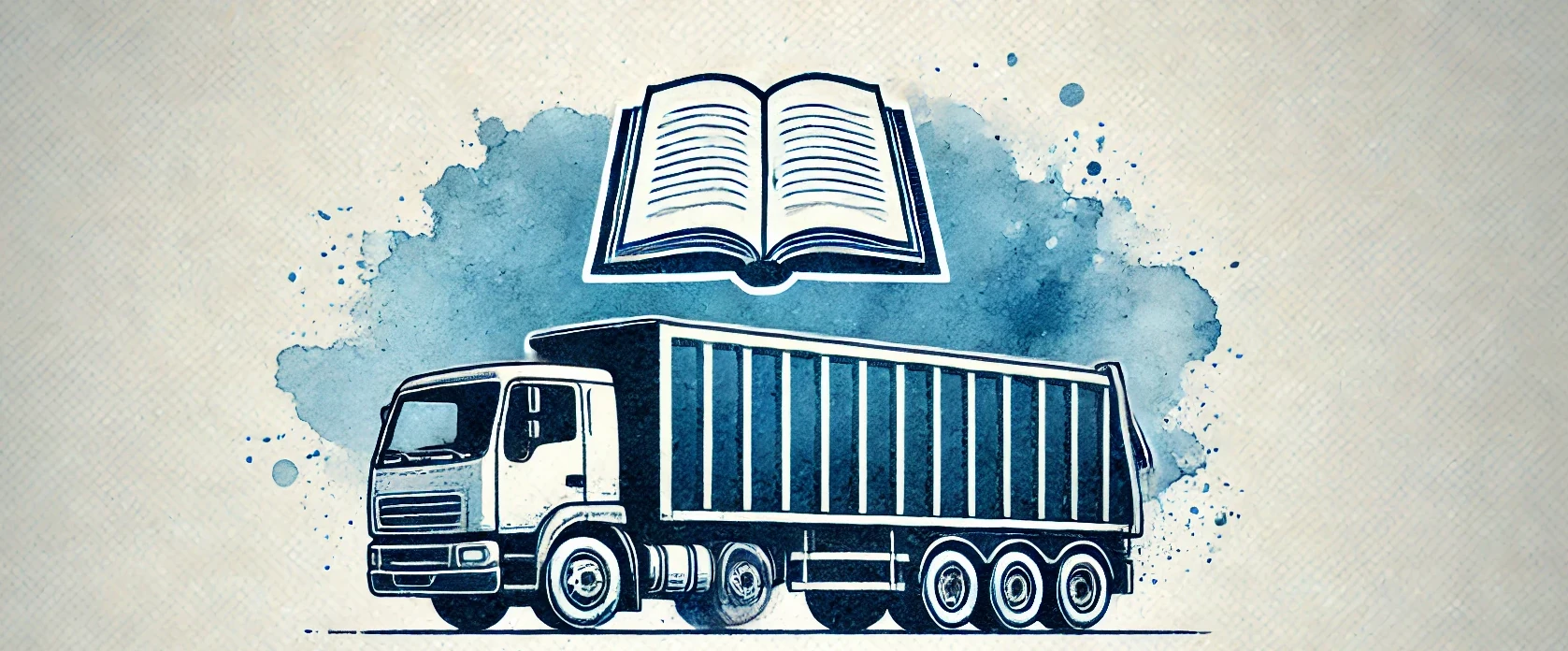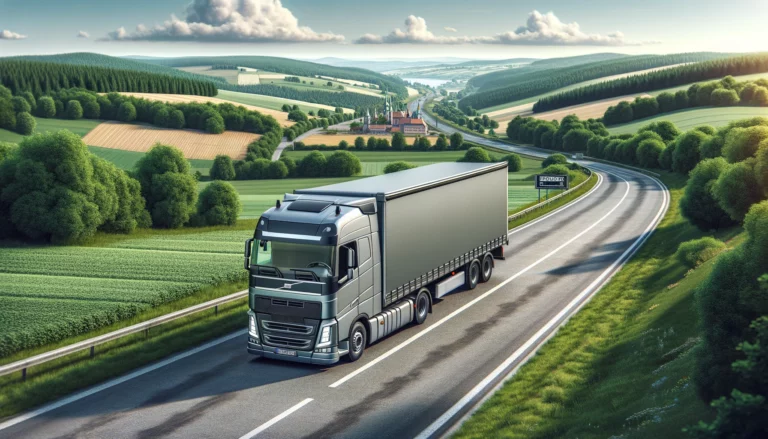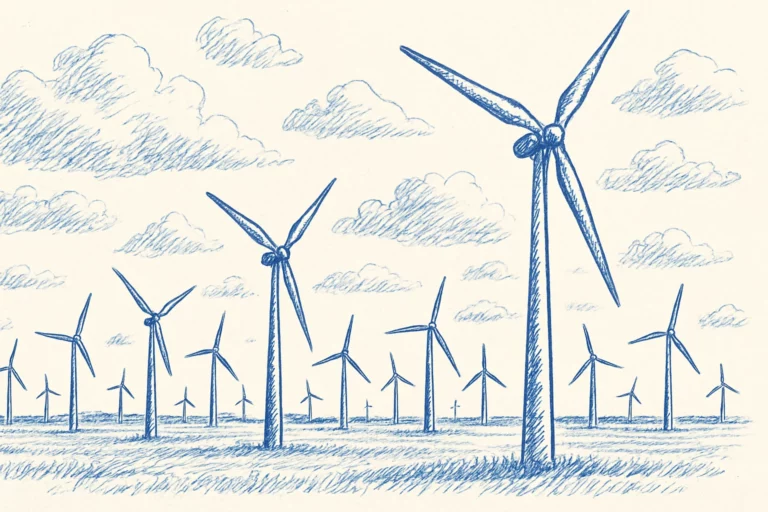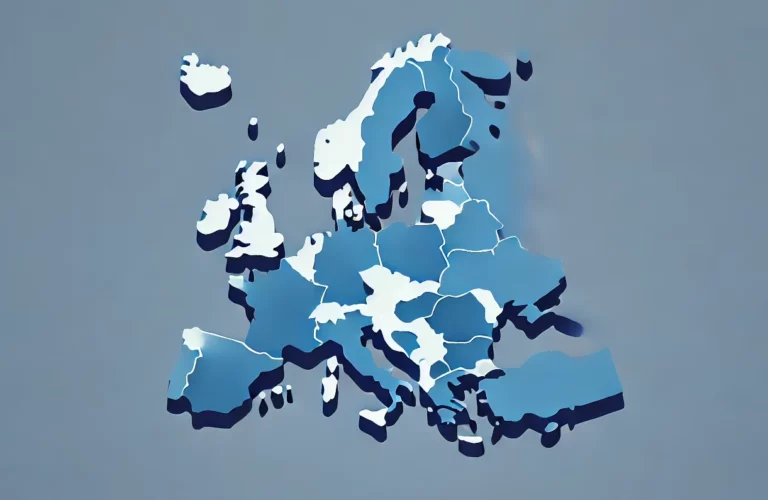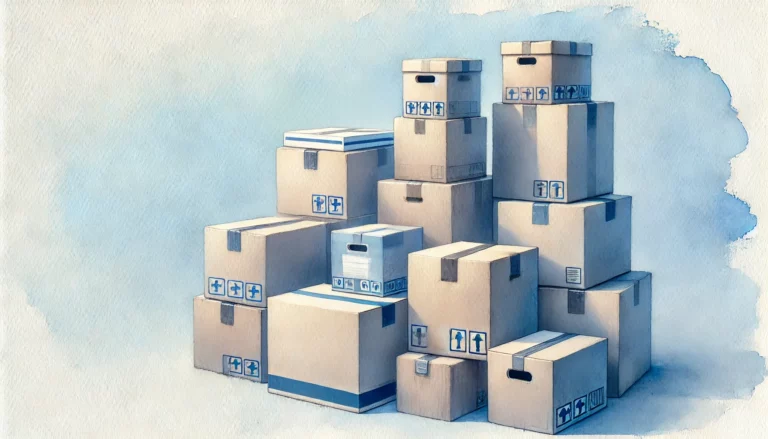How to transport waste legally and safely: a complete step-by-step guide
Transporting waste might seem like a straightforward task. But doing it in accordance with the law isn’t simple. It requires careful planning, knowledge of regulations, and the right tools. Whether you’re handling renovation debris, running a small business, or managing hazardous materials, this guide provides everything you need to know about how to transport waste legally and safely, with practical examples, tools, and tips.
Do you want to obtain waste carrier permit or are you looking for waste carrier to hire? Contact us:
office@wastetransportsolutions.eu
Why it’s important to know how to transport waste legally and safely?
Transporting waste isn’t just about moving materials—it’s about protecting the environment, following laws, and avoiding hefty fines. In some cases, improper transport can lead to accidents, environmental harm, or even criminal charges. Knowing how to transport waste legally and safely ensures you:
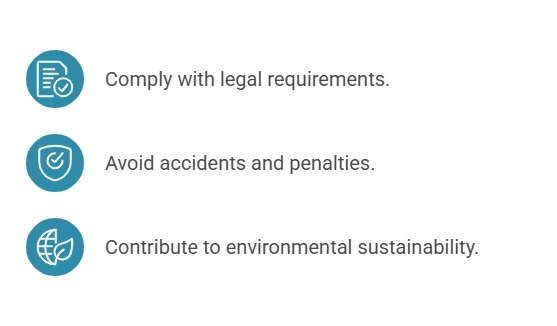
Step 1: Understand your waste
The first step in learning how to transport waste legally and safely is identifying the type of waste you’re dealing with. Waste is categorized into:
- Hazardous waste: Includes items like chemicals, batteries, paints, and medical waste.
- Non-hazardous waste: Everyday materials such as plastics, metals, and biodegradable waste.
While the above-mentioned classification is the most common and stems from Regulation 2024/1157, you may also encounter other types of waste, commonly referred to as ‘special waste’. This category typically includes bulky or specific items such as furniture, electrical appliances, or construction debris.
PRO TIP: If you’re unsure about your waste classification, check local government resources or ask your waste carrier for guidance. Correct classification is essential to compliance.
Step 2: Know the legal requirements
Learning how to transport waste legally and safely means understanding local and regional laws. Here’s what to consider:
- Licenses and permits:
- Many regions require a waste carrier licence for transporting waste.
- Hazardous materials often need additional permits, especially for cross-border transport.
- Documentation:
- Always complete a waste transfer note (for domestic shipment) or equivalent document, detailing the type and quantity of waste. In case of international deliveries an Annex VII document will be used.
- For hazardous waste, you may also need a Consignment Note, which tracks the waste’s journey.
- Tracking systems:
Step 3: Prepare the waste for transport
Preparation is critical to ensure safety and compliance. What you should do?
- Separate hazardous and non-hazardous materials to prevent contamination. It’s punishable by law to mix different kinds of waste due to the risk of cross-contamination. While certain waste – when transporting alone – pose low risk for environment, when moxed with other waste can become extremely dangerous.
- Use labels to indicate the type of waste and any hazards (e.g., flammable, corrosive). By marking the waste with proper stickers or seals, you’re ensuring the proper handling of this material later on – waste carrier will know how to secure the goods for transport and the recycling plant will know how to process it in an environmentally sound way.
- Use sealed containers to prevent leaks or spills during transport. While labels and stickers are important, so is the proper container for waste to be sure it won’t leak or harm the environment in any other way. Such container must be sturdy and be able to whitstand the transport.
Step 4: Choose the right transport method
The type of vehicle or transport method you choose will depend on the waste:
- Small loads: Personal vehicles (e.g., vans or pickup trucks) are acceptable for non-hazardous waste if local laws allow.
- Large loads: Consider hiring a licensed waste carrier for bulk transport.
- Hazardous waste: Use specialized vehicles equipped with safety measures, such as containment systems and proper signage.
PRO TIP: Ensure vehicles meet safety and regulatory requirements, especially for hazardous materials.
Step 5: Troubleshooting common issues
Even with careful planning, unexpected problems can arise during waste transport. Knowing how to transport waste legally and safely means being prepared to handle challenges effectively. Here are common issues and how to address them:
1. Waste leakage during transport
Here’s the situation: A container leaks hazardous or non-hazardous waste, creating a safety hazard or potential environmental contamination.
What can you do?
- Stop the vehicle safely: Pull over in a secure location to minimize the spread of the spill.
- Contain the spill: Use absorbent materials, spill kits, or barriers to prevent the waste from spreading further.
- Notify authorities: For hazardous spills, report the incident to local environmental or emergency services as required by law.
- Clean up properly: Follow approved cleanup protocols, using personal protective equipment (PPE) if necessary.
- Review the cause: Inspect containers and secure them better for future transports.
PRO TIP: Always carry a spill kit in vehicles transporting waste, especially hazardous materials.
2. Missing or incomplete documentation
Here’s the situation: The waste shipment is underway but a required document is missing or incomplete, which may lead to compliance issues.
What can you do?
- Contact the waste producer: Request a replacement or updated document immediately.
- Provide proof of communication: Keep records of any emails or calls you made to resolve the issue to avoid being accused of negligence
- Submit a report: In some countries, you can file a formal report explaining the discrepancy to authorities.
- Prevent future issues: Use digital systems or apps to track and store documentation securely.
PRO TIP: Always double-check documents before starting transport and maintain digital backups.
3. Using an unlicensed carrier
Here’s the situation: The carrier handling your waste turned out to be unlicensedand he showed you invalid or fake waste permit, putting you at risk of legal penalties.
What can you do?
- Stop the transport immediately: If possible, halt the process until a licensed carrier is found.
- Verify licenses: Use government or regulatory databases to confirm a carrier’s credentials.
- Notify authorities: Some countries may require you to report unauthorized waste handling.
- Hire a new carrier: Transition the waste to a certified service provider. It may take some time and additional costs for storing your waste in a secured warehouse may be incurred, but it’s better to be safe than sorry.
PRO TIP: Before hiring, always request proof of licensing and insurance. When in doubt, consult local authorities or the relevan environment agency in the carrier’s country of origin.
4. Damaged or inadequate containers
Here’s the situation: Some waste containers are damaged or not suitable for the type of waste, leading to leaks, spills, or contamination risks.
What can you do?
- Stop transport and repackage: Transfer waste into secure, compliant containers.
- Use proper labels: Ensure containers are marked with the correct waste type and hazard symbols.
- Invest in high-quality supplies: Use containers designed specifically for hazardous or heavy-duty waste.
PRO TIP: Inspect all containers before use and replace damaged ones immediately.
5. Disputes with waste carriers
Here’s the situation: A disagreement arises with the waste carrier over service terms, pricing, or compliance issues.
What can you do?
- Review your contract: Refer to the terms and conditions outlined in the agreement.
- Communicate clearly: Document all communications in writing to avoid misunderstandings and/or accusations.
- Seek mediation: If the dispute escalates, consider involving a third-party mediator.
- Switch providers: If trust is broken, find a new licensed carrier. You can do it here.
PRO TIP: Choose carriers with a good reputation and transparent pricing to minimize disputes.
6. When waste was rejected by disposal facility
Here’s the situation: A disposal site refuses to accept the waste due to improper documentation, classification, or contamination.
What can you do?
- Clarify the issue: Ask the facility for specific reasons for rejection.
- Reclassify or repackage: If possible, adjust the documentation or waste preparation to meet requirements.
- Choose an alternative facility: Locate another licensed facility that accepts your type of waste.
PRO TIP: Confirm disposal site requirements ahead of time to avoid surprises.
7. Cross-border transport challenges
Here’s the situation: Transporting waste internationally involves additional regulations, permits, or customs issues.
What can you do?
- Research regulations: Ensure compliance with both origin and destination country laws.
- Obtain necessary permits: Apply for transboundary movement permits for waste.
- Work with experts: Use specialized carriers experienced in international waste transport.
PRO TIP: Plan ahead – cross-border permits can take weeks to process.
Step 6: Tools and resources to help you
Knowing how to transport waste legally and safely becomes easier with the right tools. Below you’ll find useful documents for download:
Annex VII – standard document in international waste shipment. It’s usually prepared in three copies, one for each party included in waste transport (wastre producer, carrier and receiver).
Annex IA – also known as “notification document”. It’s used by the notifier (the person or entity initiating the shipment) to provide detailed information about the proposed shipment of waste.
Annex IB – known as “movement document”. It accompanies the shipment during its transport and provides real-time information about the actual movement of waste.
Step 7: Hire a professional waste carrier (optional)
If the process feels overwhelming, consider hiring a professional waste carrier. Ensure they are:
- Licensed: Verify their credentials.
- Experienced: Especially with hazardous or regulated waste. You can ask them for the contact details of the previous clients to verify their experience.
- Insured: To cover potential accidents or spills.
Step 8: Focus on environmental and economic benefits
Transporting waste responsibly isn’t just about compliance—it also benefits the environment and your wallet:
- Environmental impact: Proper transport prevents illegal dumping, pollution, and harm to ecosystems.
- Economic savings: Avoid fines, and in some cases, benefit from tax incentives or reduced disposal fees.
Conclusion
Knowing how to transport waste legally and safely doesn’t have to be complicated. By understanding your waste, preparing properly, and following legal guidelines, you can ensure safe, compliant, and environmentally friendly transport.
Whether you handle the process yourself or hire a professional, responsible waste management is a step toward a cleaner, safer future. Use this guide as your roadmap, and remember—responsibility starts with knowledge.

